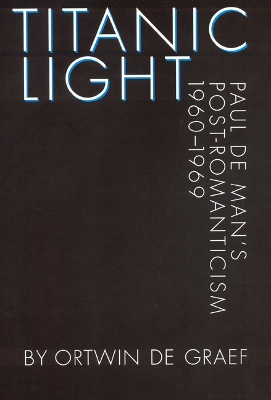Texts and Contexts
2 total works
Serenity in Crisis is the first sustained account of the complex, intertextual tradition in which de Man wrote and of the persistent concerns expressed in his early work. It reconstructs the truth-models with which de Man justified his political choice before and during the occupation and traces them back to an ambitious intention to integrate the competing truths of the natural sciences, the social sciences, and literature. The significance of de Man's ideational framework and the decisions that followed from it have extended well beyond the disasters of World War II. De Graef clearly illuminates and critiques the abstruse paths of logic in de Man's early writings as well as in the reformulations of de Man's thought expressed in his writings of the 1950s.

